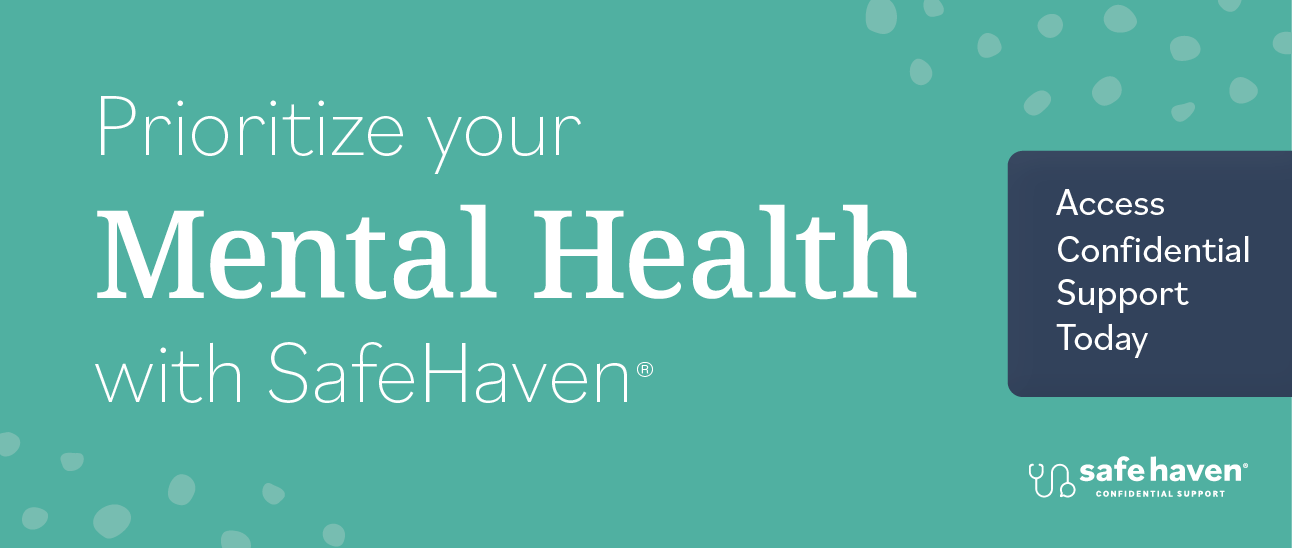New Research Reveals Impact of COVID-19 on Dental Hygienists
An estimated 3.1% of U.S. dental hygienists had contracted COVID-19 as of October 2020, according to research from the American Dental Association and American Dental Hygienists' Association.
Their infection rate aligns with the cumulative infection rate among dentists, and compared with other groups, dental hygienists had a higher rate than the general U.S. population, whose rate was 2.3% at the time of the survey, and a lower rate than nondental health care workers.
The associations partnered for two studies, one examining hygienists' infection rates and infection control practices related to the COVID-19 pandemic and the other looking at their employment patterns. Both studies are based on hygienists' responses during the first month of an ongoing survey from the associations.
This joint research effort is the first large-scale collection and publication of data related to the impact of COVID-19 on U.S. hygienists. The studies were published Feb. 24 by The Journal of Dental Hygiene and discussed during two webinars with the ADA and American Dental Hygienists' Association.
"We were pleased to collaborate with the ADA on this research that takes a closer look at the impact of the pandemic on the dental team," American Dental Hygienists' Association CEO Ann Battrell said. "The low infection rate shows us we can provide oral health care in a safe manner, which is critically important since the safety of dental hygienists and the patients they serve is of the utmost importance to ADHA and the dental hygiene profession."
The associations invited registered dental hygienists licensed in the U.S. to participate in a 30-question web survey between Sept. 29, 2020, and Oct. 8, 2020. The survey saw 4,776 respondents from all 50 states and Puerto Rico.
Of the participants, 149 had been diagnosed with COVID-19 through testing or by a medical professional, according to the study titled "COVID-19 Prevalence and Related Practices among Dental Hygienists in the United States." They were not clustered in any particular geographic region.
The study also looked at hygienists' use of enhanced infection control practices and personal protective equipment during the pandemic.
More than 99% of the responding hygienists reported their primary dental practice implemented at least one enhanced infection prevention or control effort. The most common methods were disinfection between patients, staff masking and patient screenings before treatment. The majority of respondents wore eye protection, masks, protective coverings and gloves during dental procedures.
Slightly more than half of the respondents always used PPE according to Centers for Disease Control and Prevention interim guidance that was current at the time of the survey. Consistent adherence was highest among those who were most concerned about COVID-19, had more years of experience as a dental hygienist or had higher supplies of N95 respirators or their equivalent.
"The dental team has been following strict infection control guidance since long before COVID-19," said Marcelo Araujo, D.D.S., Ph.D., a senior author of the report, chief executive officer of the ADA Science and Research Institute and ADA chief science officer. "This study is another proof point that dental care is safe for patients and dental professionals."
The survey also asked hygienists about their mental health, finding 25.7% had experienced symptoms of anxiety in the two weeks before completing the questionnaire and 16.05% had experienced symptoms of depression. Symptoms were associated with the age of participants, with those 18-29 reporting the highest levels of symptoms and those 64 and older reporting the lowest.
Hygienists' reported anxiety and depression rates were higher than dentists' rates. When compared with the general U.S. population, their anxiety rates were similar and their depression rates were lower.
The second study based on the survey, "Employment Patterns of Dental Hygienists in the United States During the COVID-19 Pandemic," looked at employment rates of hygienists, finding 8% of hygienists had left the workforce since the onset of the pandemic. Of this group, nearly 60% left the workforce voluntarily, with about half citing general concerns about COVID-19 as their reason for leaving. Other reasons included childcare issues and concerns over safety measures in the workplace.
"We know the pandemic has impacted health care workers in so many ways," said JoAnn R. Gurenlian, Ph.D., a lead author of the research and chair of the American Dental Hygienists' Association Task Force on Return to Work. "While one-quarter of the 8% of dental hygienists who left the workforce were laid off due to early dental office closures, others were faced with tough decisions around whether or not they could continue to work in a setting that requires direct patient care. It's a very personal decision. The good news is, the infection rate data shows that dental hygiene care can be delivered safely. And, with vaccine availability, we may see more opportunities for dental hygienists to return to practice."
The reduction in the dental hygienist workforce is likely to continue until the pandemic passes, according to the study.
"The pandemic is bringing unprecedented disruption to the U.S. health care sector, including in the dental workforce," said Marko Vujicic, Ph.D., chief economist and vice president of the ADA Health Policy Institute. "We are continuing to examine employment patterns and the impact on the dental team, including how continued vaccine distribution will contribute to these patterns. Our research suggests once the pandemic is over, we could see employment patterns largely return to pre-pandemic levels."
For more information on the COVID-19 pandemic, visit ADA.org/virus.
Their infection rate aligns with the cumulative infection rate among dentists, and compared with other groups, dental hygienists had a higher rate than the general U.S. population, whose rate was 2.3% at the time of the survey, and a lower rate than nondental health care workers.
The associations partnered for two studies, one examining hygienists' infection rates and infection control practices related to the COVID-19 pandemic and the other looking at their employment patterns. Both studies are based on hygienists' responses during the first month of an ongoing survey from the associations.
This joint research effort is the first large-scale collection and publication of data related to the impact of COVID-19 on U.S. hygienists. The studies were published Feb. 24 by The Journal of Dental Hygiene and discussed during two webinars with the ADA and American Dental Hygienists' Association.
 Ms. Battrell |
The associations invited registered dental hygienists licensed in the U.S. to participate in a 30-question web survey between Sept. 29, 2020, and Oct. 8, 2020. The survey saw 4,776 respondents from all 50 states and Puerto Rico.
Of the participants, 149 had been diagnosed with COVID-19 through testing or by a medical professional, according to the study titled "COVID-19 Prevalence and Related Practices among Dental Hygienists in the United States." They were not clustered in any particular geographic region.
The study also looked at hygienists' use of enhanced infection control practices and personal protective equipment during the pandemic.
More than 99% of the responding hygienists reported their primary dental practice implemented at least one enhanced infection prevention or control effort. The most common methods were disinfection between patients, staff masking and patient screenings before treatment. The majority of respondents wore eye protection, masks, protective coverings and gloves during dental procedures.
 Dr. Araujo |
"The dental team has been following strict infection control guidance since long before COVID-19," said Marcelo Araujo, D.D.S., Ph.D., a senior author of the report, chief executive officer of the ADA Science and Research Institute and ADA chief science officer. "This study is another proof point that dental care is safe for patients and dental professionals."
The survey also asked hygienists about their mental health, finding 25.7% had experienced symptoms of anxiety in the two weeks before completing the questionnaire and 16.05% had experienced symptoms of depression. Symptoms were associated with the age of participants, with those 18-29 reporting the highest levels of symptoms and those 64 and older reporting the lowest.
Hygienists' reported anxiety and depression rates were higher than dentists' rates. When compared with the general U.S. population, their anxiety rates were similar and their depression rates were lower.
 Dr. Gurenlian |
"We know the pandemic has impacted health care workers in so many ways," said JoAnn R. Gurenlian, Ph.D., a lead author of the research and chair of the American Dental Hygienists' Association Task Force on Return to Work. "While one-quarter of the 8% of dental hygienists who left the workforce were laid off due to early dental office closures, others were faced with tough decisions around whether or not they could continue to work in a setting that requires direct patient care. It's a very personal decision. The good news is, the infection rate data shows that dental hygiene care can be delivered safely. And, with vaccine availability, we may see more opportunities for dental hygienists to return to practice."
 Dr. Vujicic |
"The pandemic is bringing unprecedented disruption to the U.S. health care sector, including in the dental workforce," said Marko Vujicic, Ph.D., chief economist and vice president of the ADA Health Policy Institute. "We are continuing to examine employment patterns and the impact on the dental team, including how continued vaccine distribution will contribute to these patterns. Our research suggests once the pandemic is over, we could see employment patterns largely return to pre-pandemic levels."
For more information on the COVID-19 pandemic, visit ADA.org/virus.







